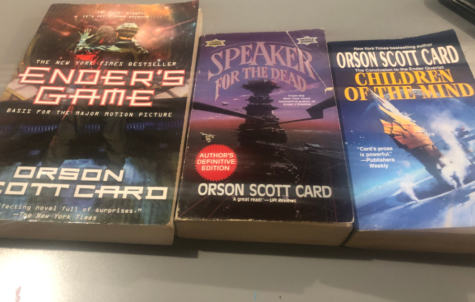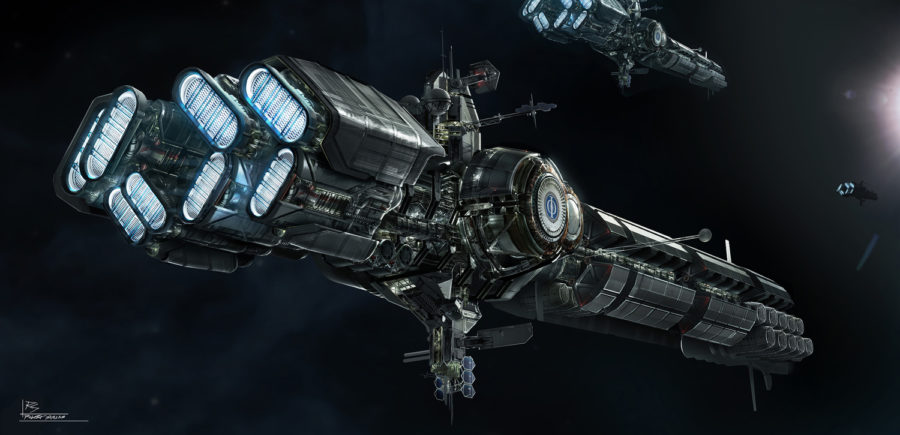Book Review: Ender’s Game Quartet
Model of an I.F. ship from Ender’s Game
November 30, 2018

Ender’s Game series. Missing: Xenocide
The Ender’s Game series is one of my favorites, but it seems like many people don’t read past the first book. Said first book, Ender’s Game, has a very specific theme, and it differs very heavily from the rest of the books, which is likely why many don’t take a second glance at the rest. As always, spoilers ahead.
The first book has Ender leave Earth to become a child commander, and foreshadows the twist at the end very well. It stands on its own, and does a fantastic job of setting up Ender as a character.
The second book is “Speaker For The Dead,” which takes Ender and his sister Valentine to the planet Lusitania, where new life has been found. It’s a much more contemplative book with a much slower plot in regards to the conflict. The difference in tone is much more evident as Ender has taken the mantle of “Speaker For The Dead,” and uses his skills to comfort and heal people.
The third book is “Xenocide,” which ramps up the conflict tenfold and expands characters, and introduces new ones. The planet Path comes into play, and Ender’s wife has conflict with him that also ramps up through the narrative. Towards the end, the book takes a strange turn with willpower and memory influencing reality, and an alternate dimension. This carries the narrative into the final book.
The last book is “Children of The Mind,” and it more fully explores the power of will and the alternate dimension, the Outside. The book does well to expand characters even further, fully fleshing out the world and giving a very satisfying, if strange, end to both Ender and the series as a whole.
Overall, I think these books are very good books, and though I understand why many are turned off, I think people should give the latter three books a chance to shine. I would give this series a well-deserved 10/10 for a world that feels like it could be real, and for posing some questions I still thought about in the time after reading.


